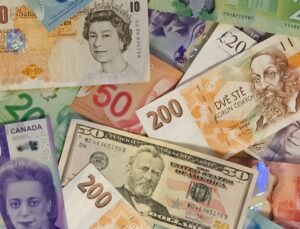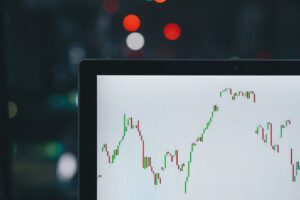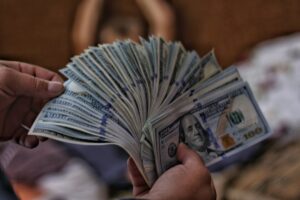Title: Top Factors Affecting Forex Rates Today in Pakistan You Need to Know
Introduction
Foreign exchange rates play a crucial role in determining the economic stability and growth of a country. For traders and investors in Pakistan, understanding the factors that influence forex rates is essential for making informed decisions. In this article, we will explore the top factors that affect forex rates in Pakistan today.
1. Interest Rates
Interest rates set by the State Bank of Pakistan have a significant impact on forex rates. When interest rates are high, foreign investors are attracted to invest in Pakistan due to the potential for higher returns on their investments. This increases the demand for the Pakistani rupee, strengthening its value against other currencies. Conversely, when interest rates are low, foreign investors may withdraw their investments, leading to a depreciation of the currency.
2. Inflation
Inflation is another critical factor affecting forex rates in Pakistan. When inflation is high, the purchasing power of the currency decreases, leading to a depreciation in its value. This makes imports more expensive, leading to a higher demand for foreign currencies. Conversely, when inflation is low, the value of the currency tends to appreciate, making exports more competitive.
3. Current Account Balance
The current account balance is a significant determinant of forex rates in Pakistan. When a country has a surplus in its current account, it means that it is exporting more goods and services than it is importing. This surplus increases the demand for the domestic currency and strengthens its value. Conversely, a current account deficit indicates that a country is importing more than it is exporting, leading to a depreciation in the currency.
4. Political Stability
Political stability is crucial for maintaining a favorable forex rate. Uncertainty and political unrest can deter foreign investors, leading to a decrease in demand for the local currency. In Pakistan, political stability is essential for attracting foreign direct investment, which can strengthen the currency. Therefore, any political events or developments that may impact stability can have a significant effect on forex rates.
5. Economic Indicators
Various economic indicators, such as GDP growth, employment rates, and consumer confidence, can influence forex rates in Pakistan. When these indicators show a robust and growing economy, foreign investors are more likely to invest in the country, leading to an increase in demand for the currency. Conversely, weak economic indicators can result in a depreciation of the currency.
6. Geopolitical Factors
Geopolitical factors, such as international conflicts, trade disputes, and global economic conditions, can also impact forex rates in Pakistan. For instance, changes in oil prices can affect the value of the Pakistani rupee since Pakistan heavily relies on oil imports. Additionally, trade agreements or disruptions with major trading partners can influence the demand for the currency.
7. Central Bank Interventions
Central banks, including the State Bank of Pakistan, have the authority to intervene in the foreign exchange market to stabilize or influence currency rates. Central bank interventions can include buying or selling foreign currencies or adjusting interest rates. These actions can have a significant impact on forex rates, as they directly affect the supply and demand of the currency in the market.
Conclusion
Understanding the factors that affect forex rates in Pakistan is crucial for traders, investors, and individuals involved in international trade. Interest rates, inflation, current account balance, political stability, economic indicators, geopolitical factors, and central bank interventions all play a role in determining the value of the Pakistani rupee. By staying informed and analyzing these factors, market participants can make more informed decisions and navigate the forex market effectively.






